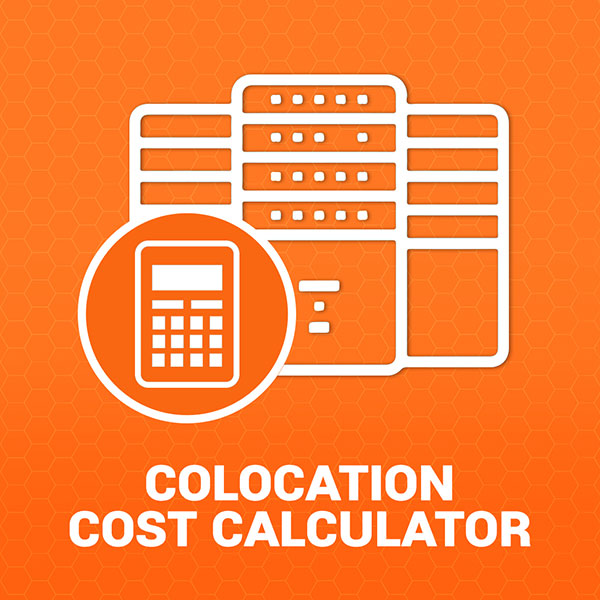Businesses lose money when their operations are disrupted. The business profits are reduced when these lost revenues add up with extra expenses for troubleshooting and repairing. Additionally, the costs of the customers that jump ship to a competitor cannot be covered by insurance.
Being unprepared to any unexpected events can disrupt the operation, for small size businesses, the impact of the above-mentioned make business continuity essential.
What is business continuity and why is it important?
An essential part of a company’s response planning, business continuity defines how the business will continue operating after a disaster or major interruption. More importantly, it shows how the business will recover to an operational state within a reasonable period of time. Business continuity or BC has three key elements including:
- Resilience
- Recovery
- Contingency
Here, resilience means designing key business functions and the supporting infrastructure in a way that makes the impact of relevant disruptions as good as negligible. Recovery is making arrangements to restore or recover both the critical and non-critical business functions that fail for some reason. Finally, contingency is a plan to restore or recover the business functions in case recovery and resilience arrangements prove inadequate. The contingency element of business continuity allows a business to cope effectively with any disasters or incidents that may occur in the future including the unforeseen events.
A business can ensure business continuity after an incident or disaster by developing a business continuity plan (BCP) that includes the aforementioned elements of BC. The BCP does not need to be specific and can be applied to any major disruption such as power failure, flooding, infrastructural failure or fire. However, it is important that the continuity plan is clearly presented and does not include any vague abbreviations or internal references so that people can easily understand what’s expected from them. Following are some of the main things that a BCP should do:
- Identify assets and processes critical to delivering business
- Detail responses including the initial response to a disaster or incident and the longer-term measures to return to business as usual
- Detail ways of making your business stronger whilst BCP is developed
- Show how the business will adjust, test, review and update their business continuity plan
A number of components including desktop and laptop computers, servers, wireless devices, and networks are part of Information Technology (IT).
Moreover, businesses today need both enterprise and office productivity software to run their operations. For this reason, disaster recovery strategies for information technology should be a part of a business’s continuity planning. An efficient & reliable IT disaster recovery plan should be strategized according to the BCP.
A professional disaster recovery plan for information technology is having a reliable and accessible data center. A modern data center can ensure business continuity by:
- Serving as both a primary and a backup facility for your data repositories, transaction systems, and private cloud
- Linking data and systems in facilities across the different regions
- Safeguarding access to your computer systems by delivering diverse connectivity options from numerous network providers
As seen above, you can improve the protection of your critical business processes and ensure business continuity after an incident or disaster with a modern colocation. Here is the list of major factors when choosing a DR colocation datacenter:
Economic Factors:
A DR datacenter does not necessarily need to have all the requirements of your primary operation center. Since it is only being used in time of disaster, therefore you don’t need to pay for premium Tier 3 datacenter features like multiple utility service provider or multiple concurrently maintained cooling systems. That is why a Tier 2 datacenter facility like Nuday is a perfect fit as DR site for your business continuity plan.
Connectivity options:
Syncing data between the main datacenter site and your DR site can be a bottleneck if the connection between the two is not provided with the same telecom provider. A DR location like Nuday is connected to the top 4 Canadian fiber optic providers which are Bell, Rogers, Cogeco and HydroOne. Moreover, Nuday has a key footprint in the largest telco hotel in Canada (151 Front St.) and therefore can connect to top global service providers like Cogent, TeliaSonera, HurricaneElectric and Level3.
Geographical Location and Accessibility:
Being the 3rd most populated city in North America and being hub to AirCanada with the largest global network airline in North America, being away from most natural disasters like Hurricane and Earth Quick, Toronto is a safe choice for global DR locations. However, bear in mind that DR datacenters are better be off the central metropolitan and business district due to restrictions (transit strikes, riots, protests or terrorist attacks ) you might face at the time of disasters. Located next to major highways (404 and 407 ), easy communicating to Pearson airport and being away from hustle and bustle of downtown Toronto, Nuday colocation datacenter is a top candidate datacenter for your DR plan.
At Nuday, we understand the importance of a data center DRP. Our datacenter experts will assist customers to create a DRP and make sure that it meets all the requirements of their organization.


